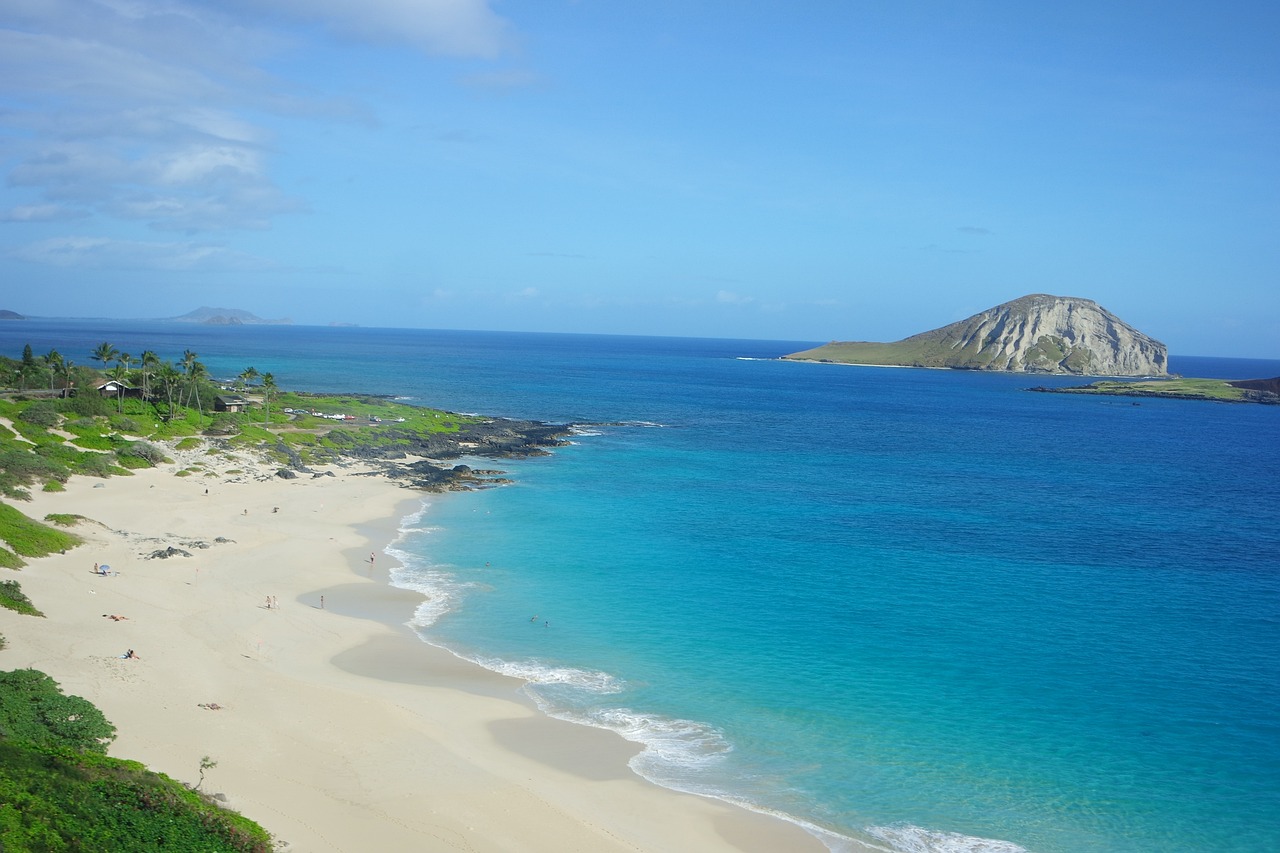General Tourism Stability
Hawaii tourism has shown a stable performance in the first quarter of 2024 compared to the same period in 2023, though it remains lower than the robust levels seen in 2019. Specifically, visitor arrivals decreased by 2.5% from 2023 and 5.4% from 2019. The first quarter of 2019 was particularly strong, setting a high benchmark for comparison.Hawaii Tourism
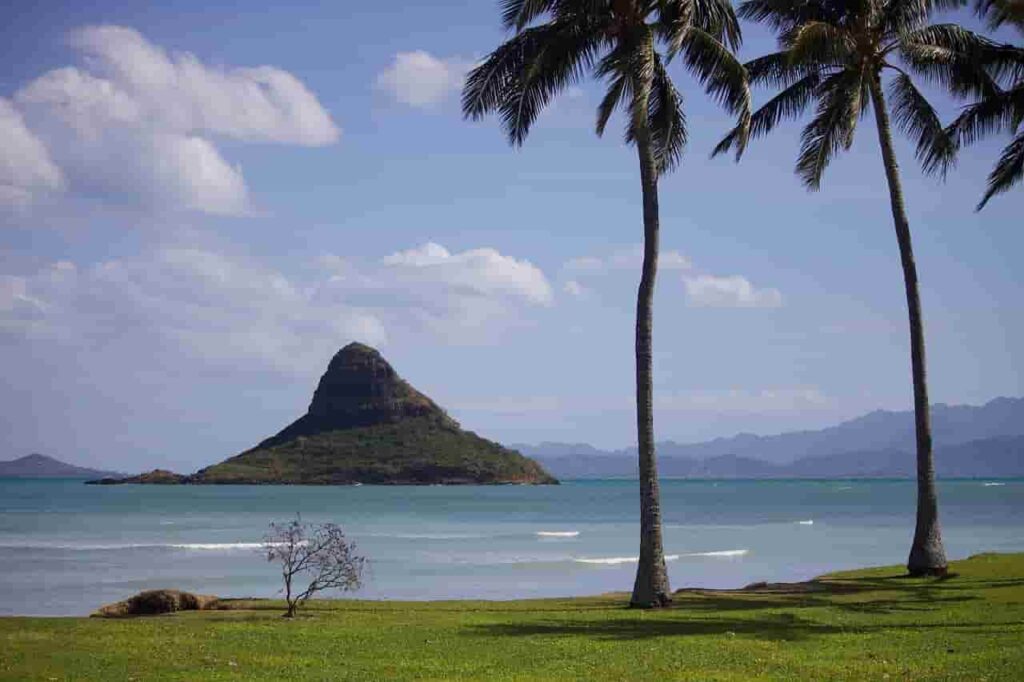
Hawaii Tourism:
Visitor Statistics and Expenditures
Visitor numbers in Hawaii have experienced a notable decline. For instance, there was a 4.8% drop in total visitor arrivals in May 2024 compared to the previous year, totaling just over 763,000 travelers. This decline mirrors the 4.1% decrease observed year-to-date, with a total of 3.9 million visitors. Statewide visitor spending also fell by 4% year-over-year in May, amounting to $1.62 billion, and decreased by 4.9% for the first five months of 2024, totaling $8.35 billion.Notably, while expenditures compared to 2023 have decreased, there has been a significant increase of 16% compared to 2019. This indicates that despite fewer visitors, those who do travel are spending more per visit.
International vs. Domestic Visitors
Hawaii’s tourism landscape reveals distinct trends between international and domestic visitors. International visitor numbers have risen, reflecting improved safety perceptions post-COVID-19. On the other hand, domestic visitors, especially from the East Coast, have declined. This shift is attributed to increased interest in Caribbean destinations and cruises as alternatives.
Island-Specific Trends
Tourism trends vary significantly across Hawaii’s islands. Oahu has seen a substantial increase in tourism—over 5%—likely due to a surge in visitors from Japan. In contrast, Maui, Molokai, and Lanai have experienced significant decreases. The Big Island and Kauai have maintained relatively stable tourism levels.
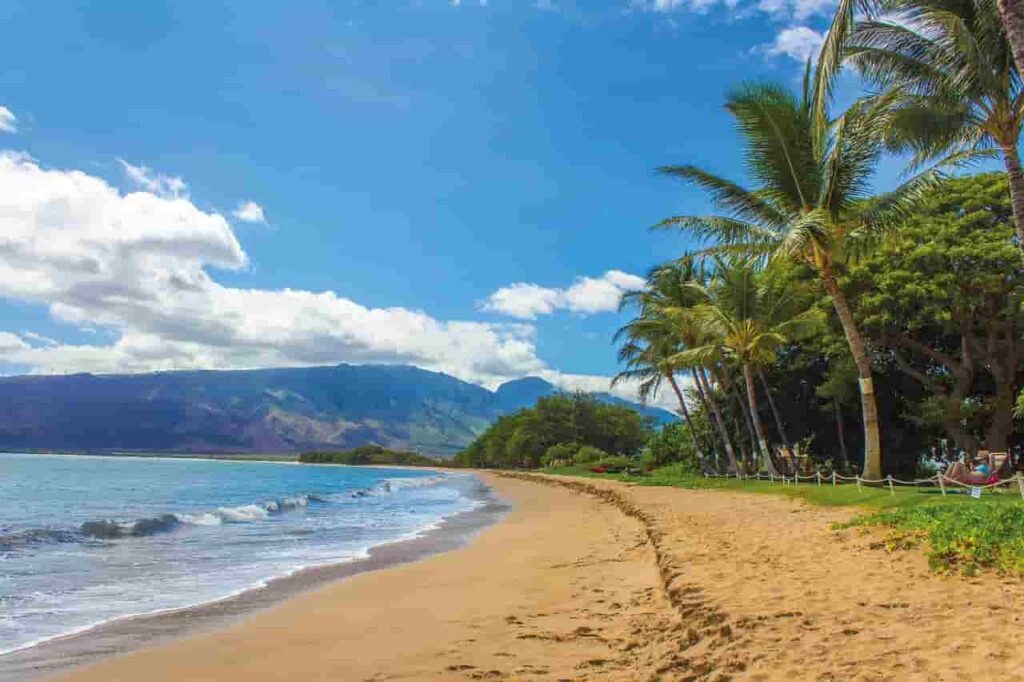
Accommodation Types and Trends
Accommodation preferences are evolving. Vacation rentals have seen a 10% decrease compared to 2023, though they remain slightly better than 2019 levels. This reduction is partly due to the oversupply in 2022 and 2023, as travelers sought less crowded options. Conversely, timeshare accommodations have increased, possibly due to hotels converting parts of their properties into timeshares.For example, Waikoloa vacation rentals have outperformed the overall Hawaiian Islands’ average, with substantial rent increases compared to 2019. Despite a slight decrease in occupancy, higher rents have offset this decline, reflecting a pattern similar to 2019, with high occupancy during school vacations.
Current Travel Trends and TSA Forecast
The Transportation Security Administration (TSA) anticipates peak travel on May 24, 2024, with 3 million passengers expected. Overall, TSA forecasts screening 18 million passengers through May 29, 2024, marking a 6.4% increase compared to 2023. Despite nationwide growth, Hawaii’s tourism industry has not mirrored this trend.Visitor arrivals to Hawaii dropped 8.9% in April 2024 compared to the previous year, reaching 753,551, which is 88.7% of April 2019 levels. The decline in arrivals is the largest since the August 8, 2023, Maui wildfires. Daily visitor counts averaged 207,827 in April, a decrease of 12.2% from the previous year. However, total spending in April was $1.5 billion, a decrease of 12.6% from April 2023 but a 14.3% increase from April 2019.
Summer and Future Outlook
Looking ahead, the summer of 2024 is expected to see a general slowdown in tourism. Regional differences will be pronounced, with Oahu and Kauai likely performing better due to events like the Festival of Pacific Arts and Culture and the Rim of the Pacific military exercise. West Maui, however, is significantly impacted by a 23.3% drop in June bookings, with similar decreases anticipated through January.For the fall, a decrease in bookings is anticipated, with September showing a 12.2% drop, October a 9.7% decline, and November an 8.7% decrease. December, typically buoyed by the holiday season, is expected to see a modest 1.5% decrease.
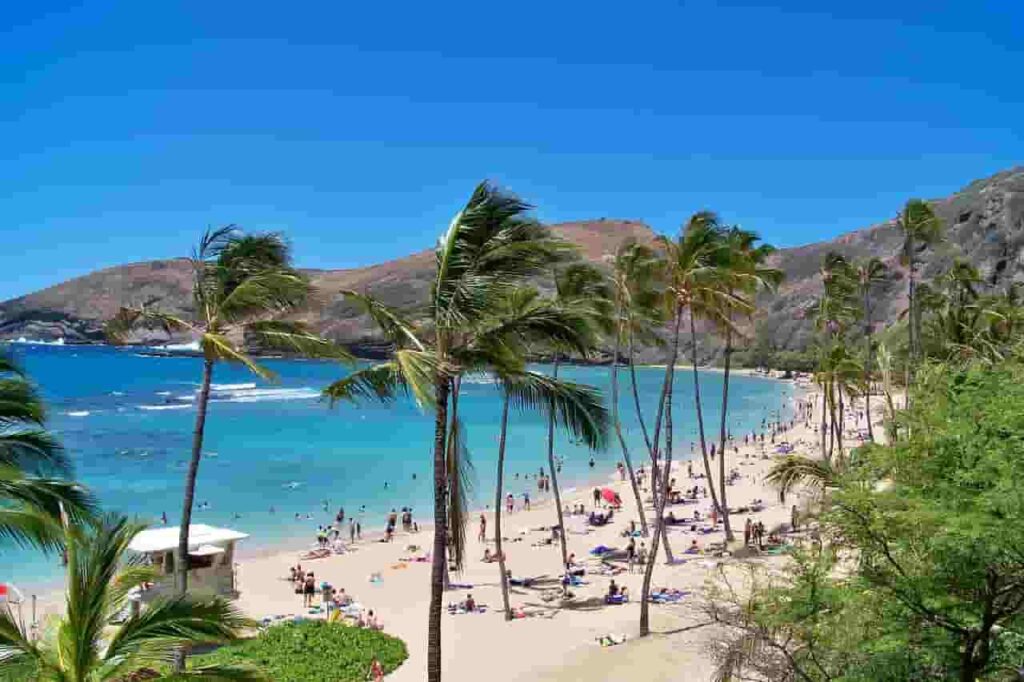
Contributing Factors and Marketing Efforts
Several factors contribute to these trends. The shift of Easter from April to March in 2023 has affected April 2024 tourism figures. Additionally, the strong U.S. dollar is making Hawaii more expensive for international travelers, while domestic travelers are exploring destinations where their currency holds more value. The ongoing impact of the Maui wildfires has also affected tourism sentiment.The Hawai‘i Visitors & Convention Bureau (HVCB) has launched the “The People, the Place, the Hawaiian Islands” campaign to attract mindful U.S. travelers. However, rising hotel rates and additional fees, such as those at the Hilton Hawaiian Village Waikiki Beach Resort, are influencing travel decisions.
HTA Board Actions
The Hawaii Tourism Authority (HTA) board recently discussed various agenda items, including board powers and personnel matters, though no immediate actions were taken. A proposal to hire a new president and CEO is underway following the resignation of former President and CEO John De Fries.
Responsible Travel Tips for 2024
To ensure sustainable and respectful tourism in Hawaii, travelers should follow these guidelines:
- Leave No Trace: Adhere to the seven core principles to minimize environmental impact.Practice Sustainability: Embrace eco-friendly practices and reduce waste.Drive with Aloha: Follow local driving etiquette and consider alternatives to renting a car.Respect the Land and Locals: Honor residents’ privacy and property; avoid sharing secret spots online.Support Local Businesses: Spend money at local businesses and utilize services from local gig workers.Learn About Hawaiian Culture: Engage with cultural events and understand Hawaii’s history and issues.Avoid Discussing Recent Fires: Be sensitive and respect the privacy of those affected by recent tragedies.
In analyzing the current state of Hawaii tourism, several key trends and factors emerge. Despite a stable performance compared to 2023, visitor numbers and spending in Hawaii have not fully recovered to pre-pandemic levels. While international visitor numbers are on the rise, domestic travel has seen declines, particularly from the East Coast, as travelers explore alternative destinations.
Island-specific trends reveal a complex landscape where Oahu benefits from increased tourism, largely driven by Japanese visitors, whereas other islands such as Maui and Molokai face significant declines. Accommodation preferences are shifting, with a notable decrease in vacation rentals and a rise in timeshare usage. Despite these fluctuations, Hawaii remains a crucial economic pillar, with tourism accounting for a substantial portion of the state’s economic activity.
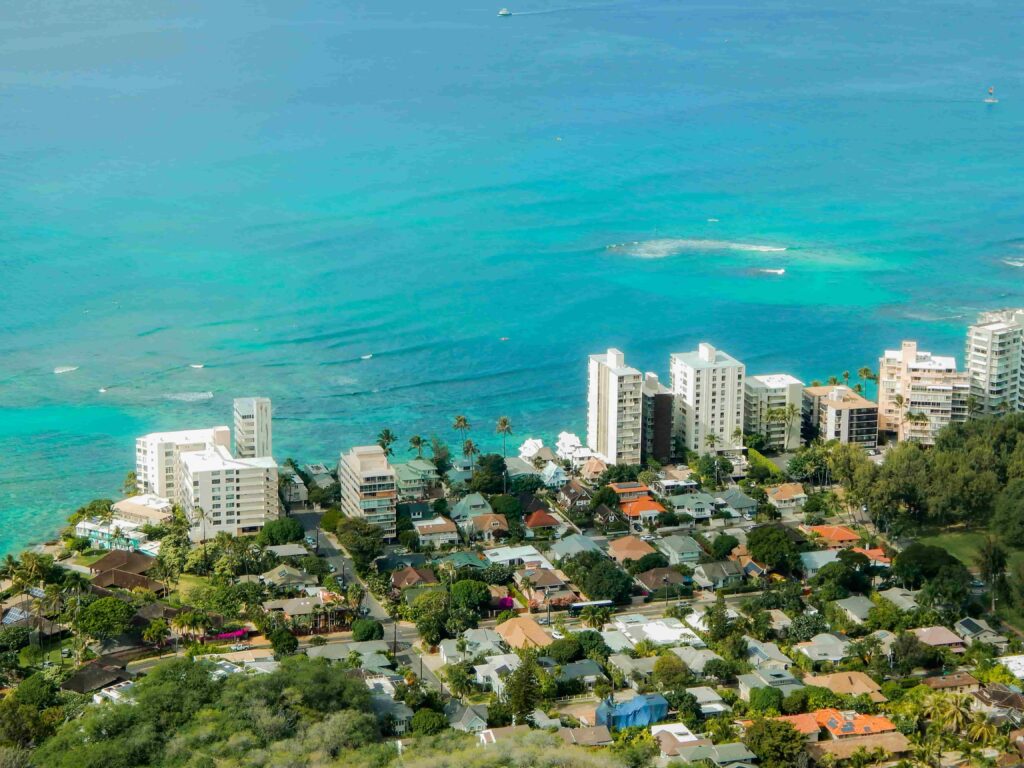
Looking ahead, the future of Hawaii tourism appears mixed. The anticipated general slowdown in visitor numbers and spending, compounded by factors such as economic conditions and the impact of natural disasters, underscores the need for continued adaptation and strategic marketing. Efforts by the Hawai‘i Visitors & Convention Bureau to attract mindful travelers are steps in the right direction, but broader industry trends suggest a need for ongoing innovation and resilience.
Ultimately, Hawaii tourism must navigate these challenges while leveraging its unique offerings to attract a diverse range of visitors. Embracing sustainable practices and respecting local culture will be essential in maintaining Hawaii’s status as a desirable and vibrant destination.

